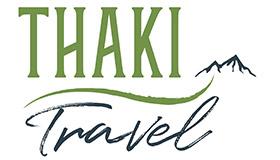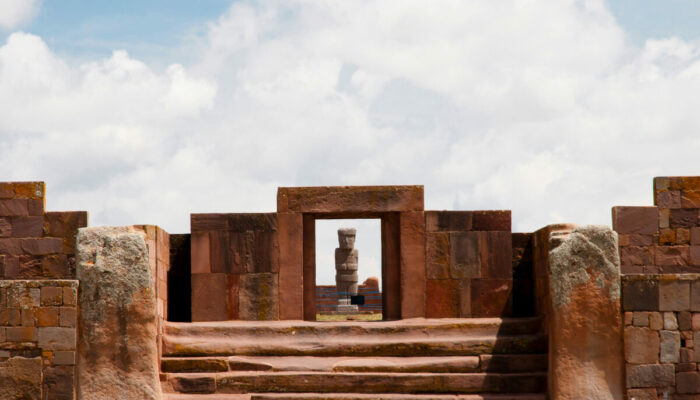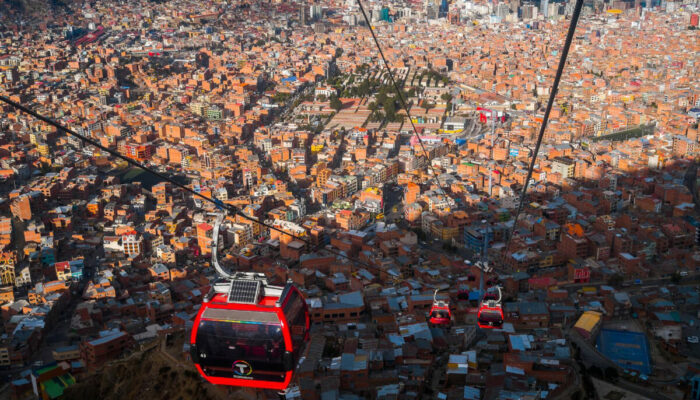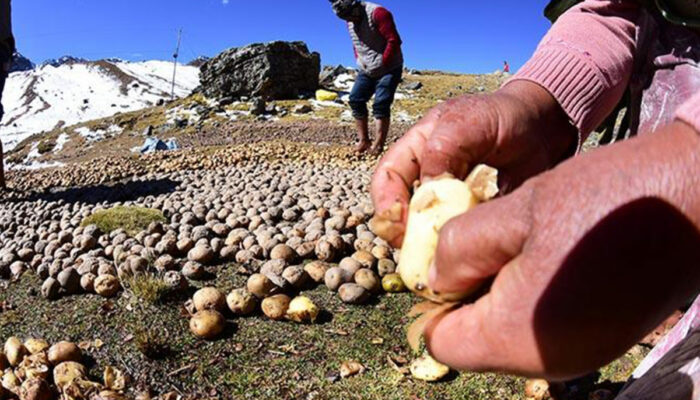Laphi to all! (“Hello” in Aymara)
Did you remember that this June 21 marks the start of the Aymara New Year in Tiwanaku? We hope you’re ready to celebrate with us, but are you familiar with the Aymara people and other communities in Bolivia? If not, this month Thaki Voyage has decided to take a closer look at Bolivia’s various ethnic groups, the main ones being the Aymaras and Quechuas.
Indeed, Bolivia is a multi-ethnic society, with the largest Indian population and culture in South America. No fewer than 36 groups are represented here, the vast majority of them Aymara.
By the way, did you know that the word “thaki” comes from the Aymara language and means “path”? Thaki Voyage has chosen this name to lead you along the linguistic, artistic and traditional paths of Bolivia, so don’t hesitate to follow the guide!
A bit of history ...
Several ethnic groups are present in Bolivia and remain very attached to their roots, as you may have discovered earlier in our various writings.
We regularly refer to the cultures and beliefs of the Aymara and Quechua populations, as many cults are celebrated in the country. Indeed, we can cite our January article El Ekeko as an example. El Ekeko, which means dwarf in Aymara and brings abundance to its owner, is celebrated every January in La Paz during the Feria de las Alasitas.
Although the religious beliefs and practices of these different groups are very rich and varied, they still hold an important place at the heart of the Andean population, who continue to venerate the gods and spirits of nature, such as Pachamama, the Mother Earth who gives life to crops.
More discreet in the political landscape, these communities saw their rights changed when Evo Morales came to power a few years ago. Of Aymara origin, he belongs to this ethnic group, which makes up around 25% of Bolivia’s population. An almost equal percentage represents the Quechua community, which dominates the country’s highlands. Other groups such as the Guaraní and Chiquitanos, to name but a few, have settled on the country’s plains.
Where are they from?
It’s a bit simplistic to sum it up with this sentence, but it’s true that geography and ethnic groups are two related things.
The Aymara culture emerged in the highlands, precisely on the southern shore of Lake Titicaca, following the decline of the Tiwanaku civilization. We’ll be devoting our next article to this lost civilization and its archaeological site, on the occasion of the Aymara New Year on June 21.
Originally, the Aymara were highly skilled warriors who dominated the regions around Lake Titicaca. Today, this group still lives around the lake, but also in the Yungas, the suburb of El Alto in La Paz, which has become the capital of Aymara culture. It’s only natural that they speak the Aymara language.
As for the Quechuas, they too dominate Bolivia’s high plateaux. Descendants of the Incas, they are established in the former territory of the Inca Empire, i.e. in Peru, Ecuador, Chile, Colombia and Argentina.
In the 1980s, following the decline of mining in Bolivia, many members of the Quechua population moved to the Chapare province to harvest coca. We look forward to sharing an article on this sacred plant with you in July, so please be patient!
The highlands are also home to the Chipaya and Kallawaya healers.
On the plains, in the tropical savannah near Santa Cruz, are the Chiquitanos, who speak Chiquitano. We took an interest in this ethnic group in our article The Legend of Guajojó in May. Like the rest of the country’s Indian communities, the Chiquitanos keep their traditions alive.
The plains are also home to hunter-gatherer tribes such as the Guaraní and Mojeño.
Learn a little bit of these languages during your stay in Bolivia
Would you like to venture into the Bolivian Highlands? Although Thaki Voyage will accompany you on your journey, it’s a good idea to learn the basics of these two languages, which are recognized in Bolivia as official languages on a par with Spanish. In fact, the pronunciation is similar to that of Spanish.
Bolivia lays claim to these languages and to its Indian culture, so get started today! Here are a few words to get you started and build your vocabulary during your stay with us in Bolivia.
In Aymara, hello is kamisaraki and thank you is yuspagara. In Quechua, the language of the Inca Empire, good morning is said napaykullayki and thank you yusulipayki.
We add to our list:
– Yes: jisa in Aymara; ari in Quechua.
No: janiwa in Aymara; mana in Quechua.
Water: uma in Aymara; yacu in Quechua.
It’s interesting to know that in Quechua, baby is wawa, but above all, mother is mama. Does this last word mean anything to you? Many Quechua words were borrowed by the Spanish, such as mama, which is now part of the Hispanic vocabulary. Do you know any others?
Please note: it is possible to take Aymara and Quechua language courses in Bolivia, particularly in the cities of La Paz, Sucre or Cochabamba.
It would be impossible to describe all the linguistic, cultural and artistic traditions of these Bolivian ethnic groups in this article, but Thaki Voyage hopes this overview has inspired you to discover this fabulous country and, above all, its people!
We hope to see you soon, and welcome you with these words: Take chuima’ hampi in Aymara or tucuy sokoywan in Quechua, both of which mean: “Pleased to meet you”.
Mathilde Leroux



